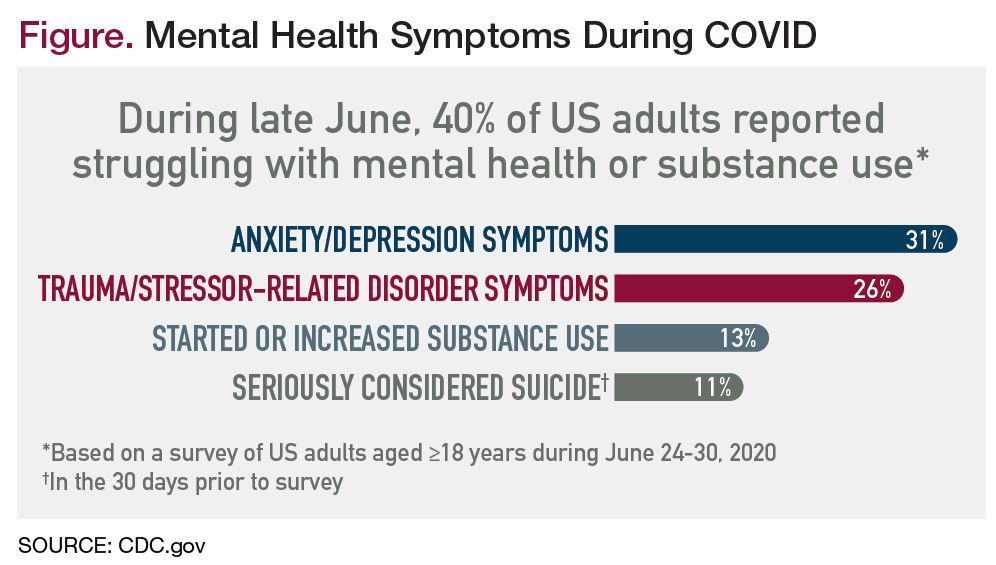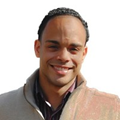Not everyone aspires to be the leader. Some individuals find genuine fulfillment in supporting their teams — stepping into the limelight when necessary, and gracefully stepping back when it’s time for others to shine. In the fast-paced world of entrepreneurship, where the prevailing stereotype often emphasizes the leader persona, there is immense value in fostering a collaborative environment where everyone’s contributions are recognized.
The Happiness in the Shadows
For some, the limelight can be daunting. I, for one, appreciate having my moments but find satisfaction in letting others take center stage. It’s not about avoiding responsibility or lacking ambition; it’s about finding happiness, acceptance, and humility in being part of a team where everyone’s efforts contribute to the collective success.
When I watched the CBS News video, “Sidemen, Backups, and Understudies: Playing in the Shadows,” it really resonated with me. I encourage you to take a few minutes and watch it. The segment features Mark Rivera, Billy Joel’s sideman and saxophone player; retired baseball catcher Erik Kratz, who spent 11 seasons with 14 different major league organizations; and Kayla Pecchioni, a Broadway understudy who often steps into the shoes of the star. These professionals play in the background or are called up when the stars aren’t available — and they all embrace their position as #2.
These very accomplished individuals understand the importance of their role and talent and a humility that allows them to shine even when they’re not number one. One thing that stood out to me was their “team first” attitude. They work just as hard as the superstars to be the best that they can be for the team.
Rivera explains he’s been the frontman, and he feels he has a much better gig now. Katz comments that the lesson is about finding contentment built on a foundation of humility and gratitude. While Pecchioni talks about looking for glimmers and being appreciative of the everyday. While we may not know their names, these team players help ensure their organizations are successful.
The Desire to Belong
In today’s entrepreneurial landscape, people are increasingly seeking to be part of something bigger than themselves. While not everyone can, or wants to, assume a leadership role, we are more dependent than ever on individuals who can step up when needed. However, it’s crucial to do a better job of recognizing and appreciating these contributors beyond just the top leadership echelon.
Entrepreneur magazine advises how leaders can foster a sense of belonging in the workplace, and how this helps employees feel free to be their authentic, true selves, which makes it easier to show up, engage with others, create solutions, and perform well.
In a study cited in the article, a high sense of belonging among employees was strongly linked with a 56% increase in job performance, a 50% decrease in risk of leaving, and a 75% reduction in sick days. For a company of 10,000 people, this could mean annual savings of more than $52 million.
Social belonging is a fundamental need. Entrepreneurial leaders need to remind themselves that the hard-working team members who may be playing in the shadows need to feel included, and as leaders, they should proactively create a workplace of belonging for everyone.
Creating a Culture of Recognition
Not everyone can be a general; not everyone can be a second lieutenant. However, everyone can be recognized for their unique contributions. The key lies in acknowledging the diverse roles within a team and ensuring that each person’s efforts are valued.
When I worked as the executive director of MIT’s Martin Trust Center for Entrepreneurship, I was involved in almost every aspect of the Trust Center and the delta v accelerator, which is the capstone entrepreneurial experience for students at MIT. However, although I was not the face of theCenter or the program, I was the “glue” that held it together. For me, this was a role I preferred, and it gave me the opportunity to make the team and the delta v program shine.
I also played a similar “second lieutenant” role at startups that I helped to grow. I realized that providing direction and support, and letting others lead when necessary, yielded better results than anyone had projected.
Being “on” all the time can be exhausting for some of us. By surrounding ourselves with a collaborative team, we not only get to experience our moments of success but also share in the success of others. This sense of camaraderie builds a strong team spirit and reinforces the notion that everyone is supported. However, the leaders in the organization must recognize all the behind-the-scenes people that are essential to their success.
Balancing Ambition and Contentment to Gain a Sense of Fulfillment
Many individuals today seek better balance in their lives. It’s not a lack of ambition or a fear of challenges; rather, it’s a conscious choice to find happiness in what they do and contribute to a collaborative effort. Recognizing and motivating teams is now more critical than ever, especially in a hybrid work environment where face-to-face workplace connections are not as strong since daily interactions may be limited.
A sense of fulfillment at work goes beyond a mere paycheck. It’s about having the opportunity to step into the limelight, share achievements with the team, and then step back and continue contributing. A culture of mutual respect, where individuals rotate in and out of the spotlight, fosters a positive and supportive work environment.
Another interesting perspective is to look at how different generations view leadership and management positions. According to an article in Business Insider, many Gen Zers are saying “no thanks” to promotions because they feel that doing more work to get promoted is not worth the pay or the accompanying stress.
Work-life balance has become a bigger part of the conversation for this newest generation in the workforce, and bosses need to think about what other incentives might entice Gen Z (born from 1997 onward). Meaningful work, career development, mentorship, transparency, caring leadership, and an entrepreneurial culture are all factors that may motivate Gen Zers more than a bigger paycheck or a promotion.
In any generation, embracing the concept of allowing oneself to learn from others is pivotal. Observing and enabling the growth of team members allows for collective progress. It’s about moving away from the notion that everyone should constantly be climbing the corporate ladder and, instead, recognizing the potential for growth within the existing environment.
Conclusion
In the ever-evolving landscape of entrepreneurship, it’s time to break free from the misconception that success is synonymous with leadership. The strength of being a second lieutenant lies in recognizing the power of collaboration, appreciating diverse contributions, and fostering a culture where everyone can shine. In the hybrid world of work, where connections are not as visible, creating an environment that values every individual’s role is not just a strategic move; it’s a necessity for sustained success.




























